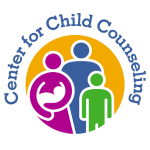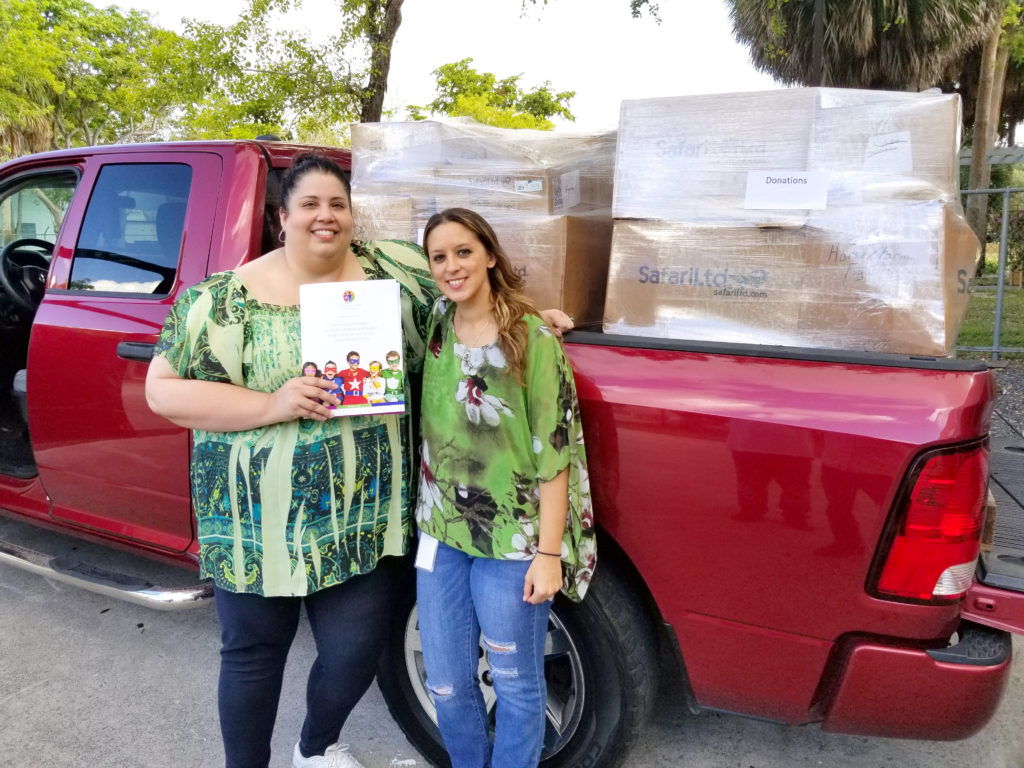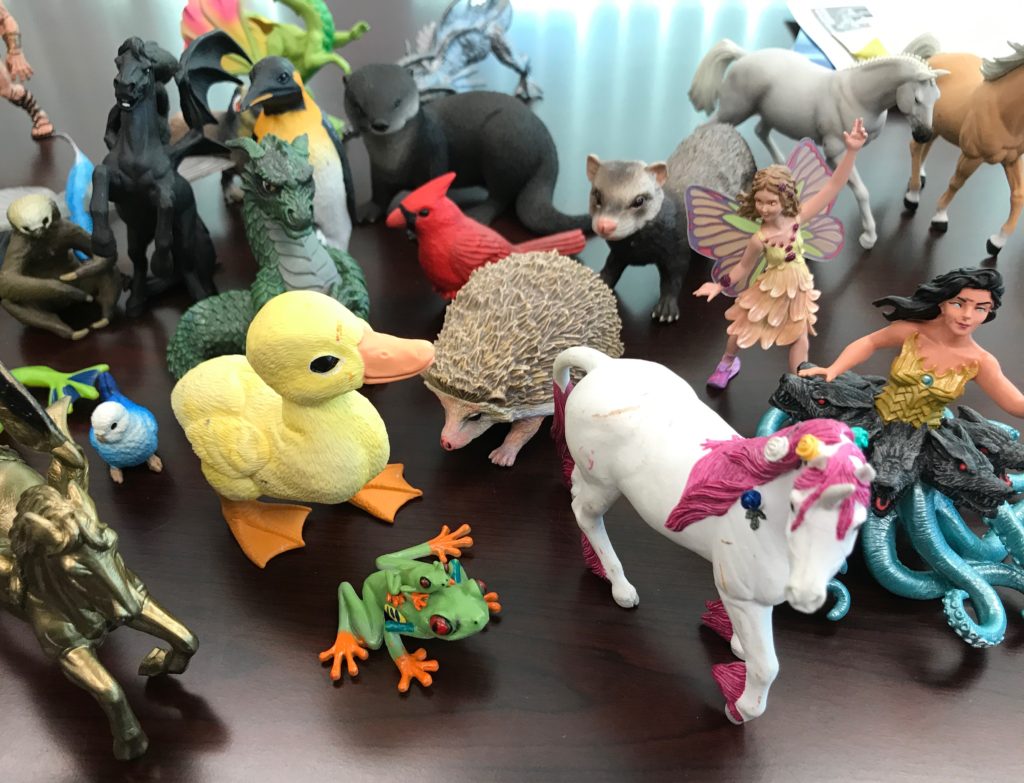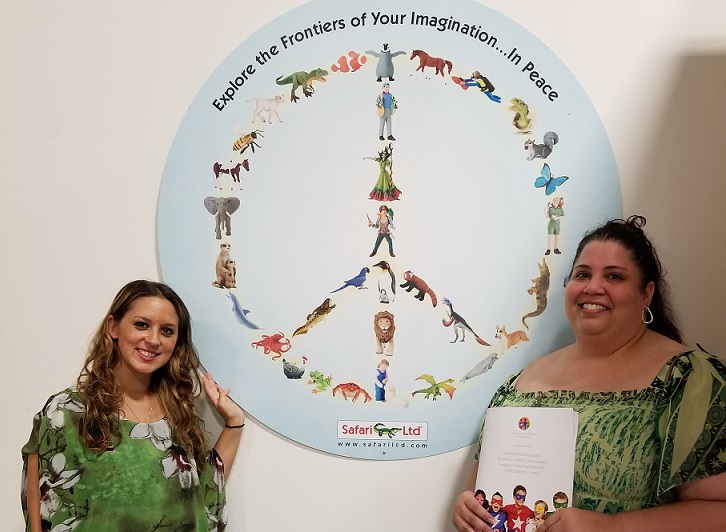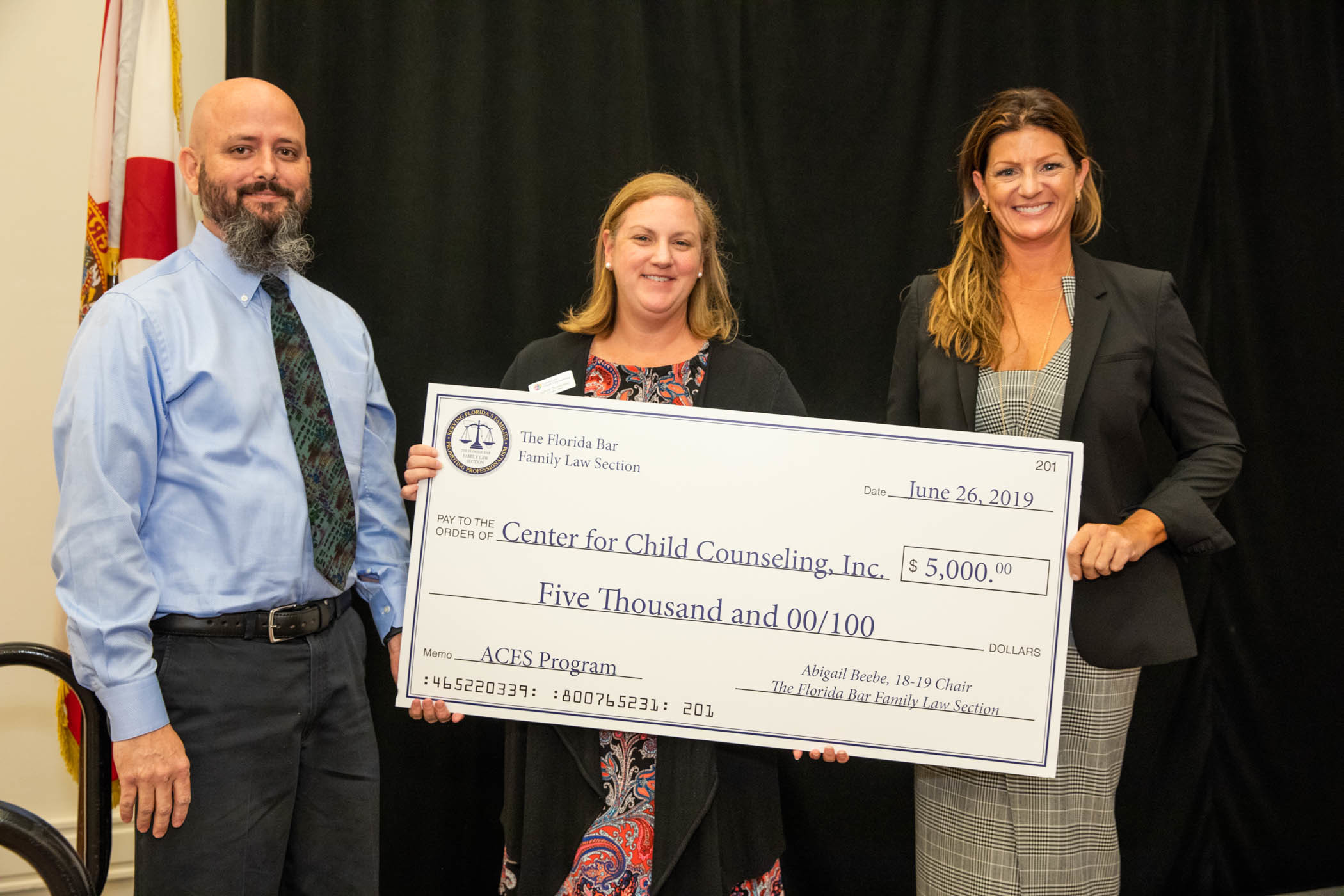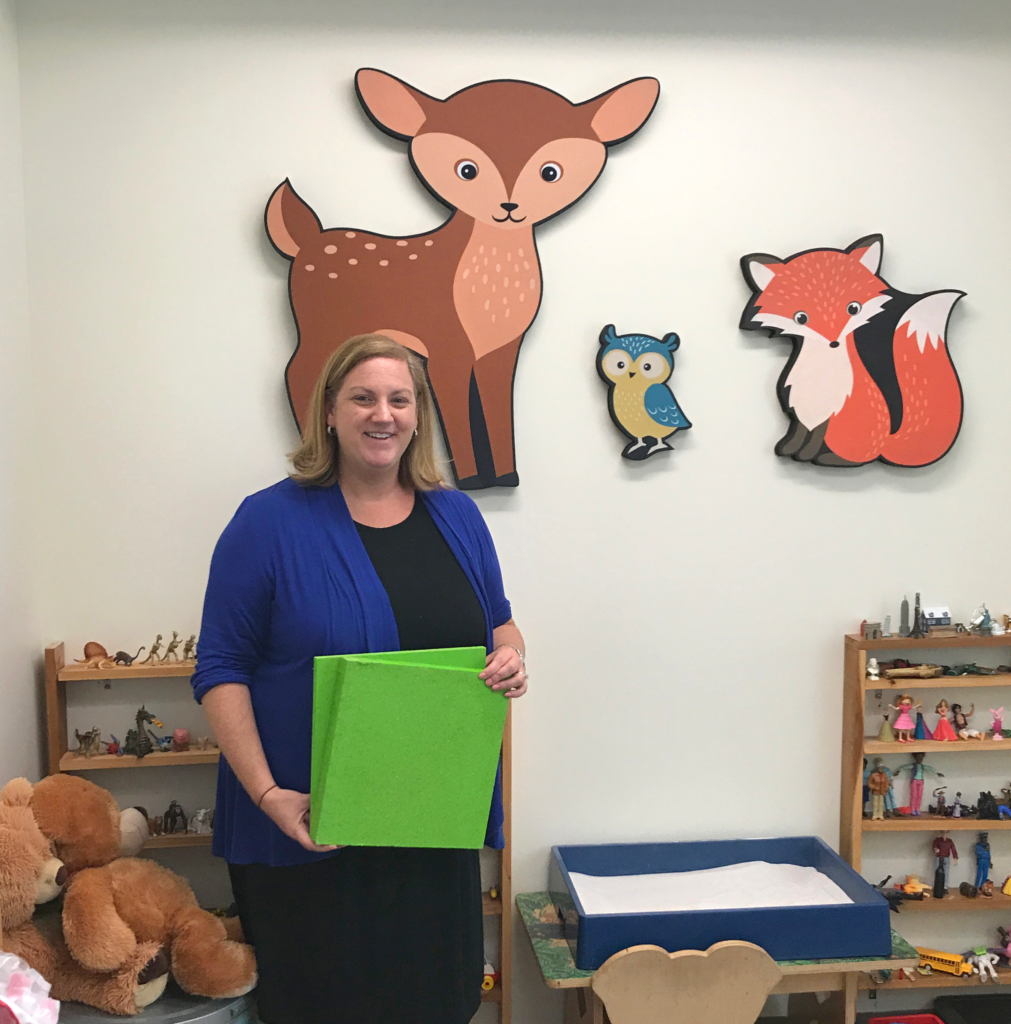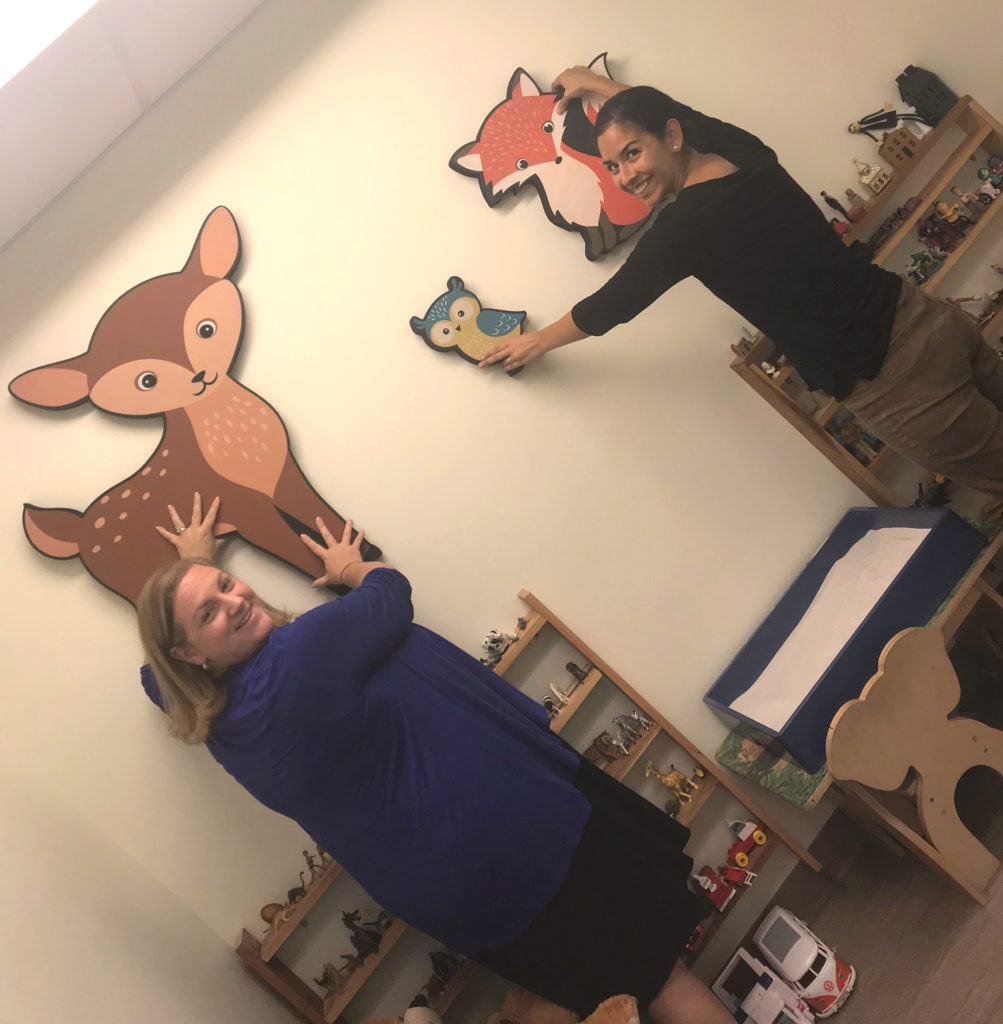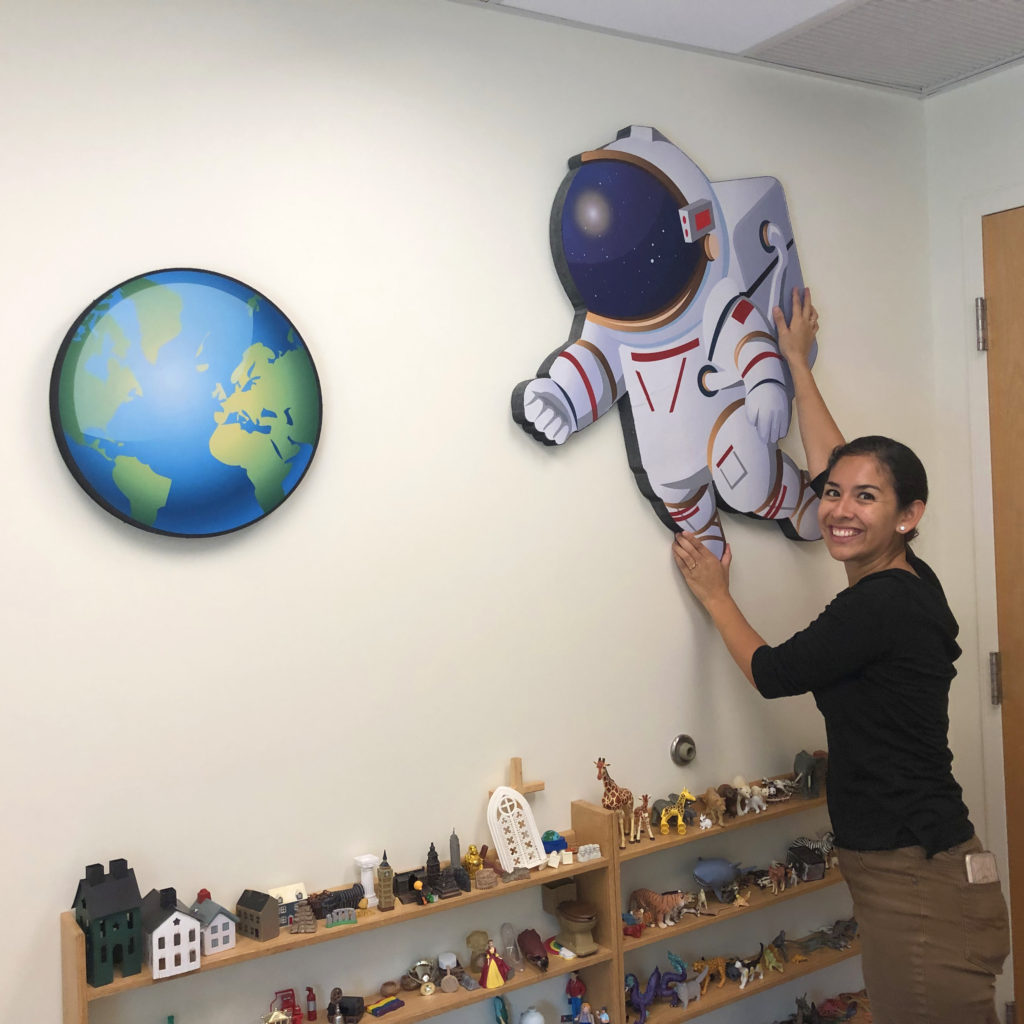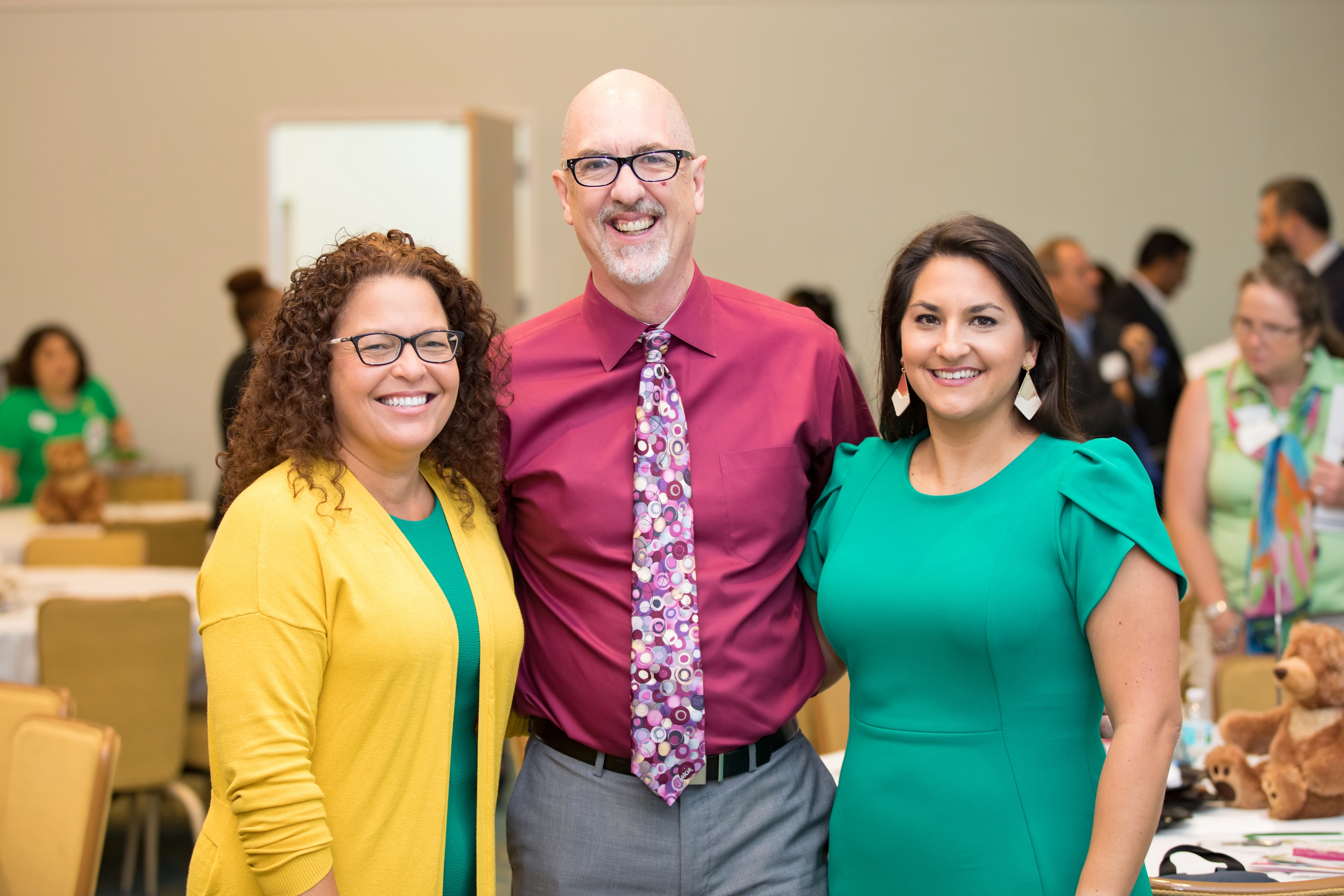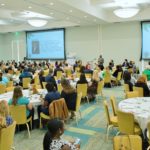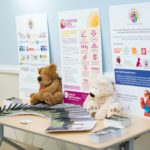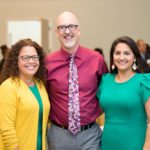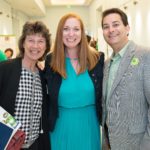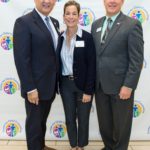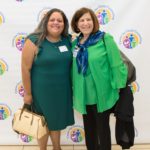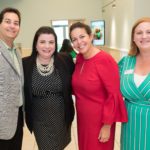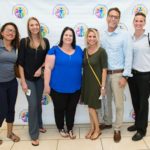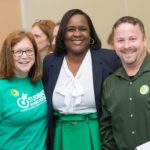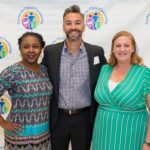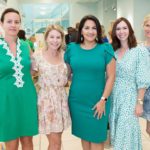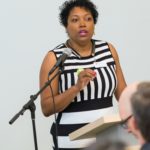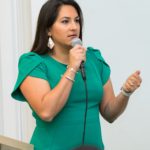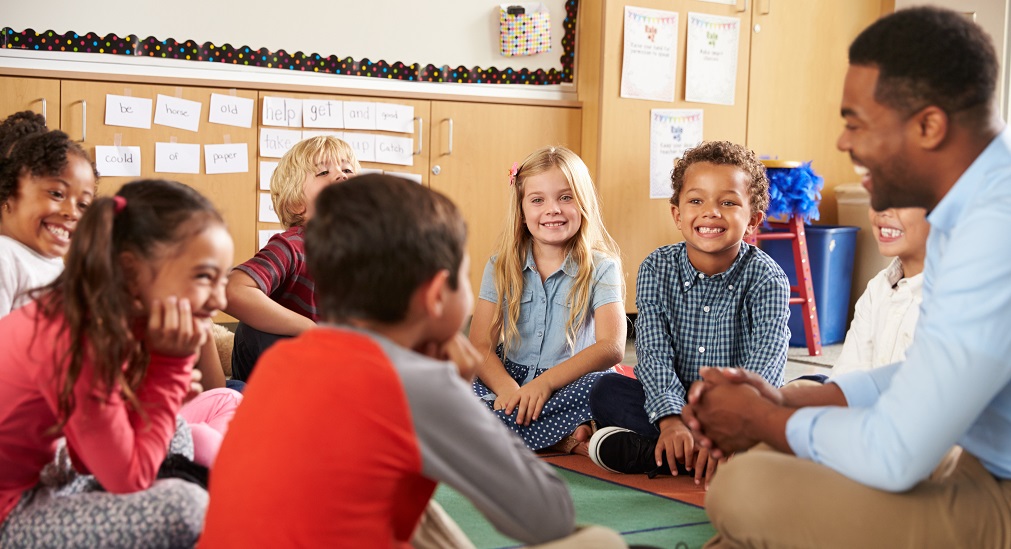
We give teachers unprecedented access to our children. We entrust them to educate our children but we also allow them to influence our children’s thoughts, attitudes, and behavior for many hours every day. Fortunately, most teachers are special, dedicated people who care deeply for the well-being of little ones. Teachers also have a profound opportunity to positively affect the life of a child with ACEs. For this reason, teachers can be powerful buffers against adversity and should have all the knowledge and support they need to meet this enormous challenge.
We all know that teachers are basically superheroes. Many of us have a special teacher in our past, someone who came into our world at a crucial time and possibly changed the course of our lives. Even people who don’t have fond memories of school acknowledge that being a teacher is a calling more than a career, especially since teachers are often considered overworked and underpaid. Teachers tend to give of themselves above and beyond what could reasonably be expected. The very best teachers sacrifice their personal time and money to give their students richer learning experiences. These caring professionals may sometimes feel unappreciated, but they play a crucial role in supporting our children – not only in their academic pursuits, but in their development as flourishing, fulfilled human beings.
School is a Pivot Point in a Child’s Life
A child’s first experiences, positive and negative, come from interactions with their immediate family members or caregivers. After the age of 5 or 6 (and often younger) a new area of influence enters their lives: kindergarten or school. At school, children meet peers and teachers. Adjusting to mixing with other children who are not siblings is a challenge even for a well-adjusted child. For a child who has not benefitted from strong family supports, it may be almost impossible. Their backgrounds have not prepared them for life lessons like:
• Sharing, fairness, and negotiation;
• Self-expression of emotions, creativity, and personality;
• Kindness and compassion; and
• Simply getting along with others.
Sadly, every year millions of children start their school careers with very little preparation from the home front. They may come from chaotic, deprived, or even abusive backgrounds. They are among the 20% of little ones starting school disadvantaged by at least two ACEs. This puts them at risk for mental and physical health issues and diminishes their ability (at a bio-chemical level) to behave appropriately and be academically successful. There’s no doubt that teachers of very young children are up against many challenges!
Teachers likely spend more time with young children than their parents do. They are uniquely positioned to identify:
• Children struggling to adapt to school;
• Children with learning difficulties like dyslexia, ADHD, and numerous other concerns; and
• Children with physical challenges like vision, hearing, or coordination issues.
So, while already tasked with a full load of teaching and testing requirements, teachers are also often responsible for the social-emotional wellness of the little people in their charge.
Why Do Teachers Play This Role?
Of course, teachers don’t necessarily relish this aspect of the job. Their primary assignment is to educate but many are thrust into the position of having deal with emotional and behavioral issues simply to maintain order in their classrooms. It can be a constant battle to ensure that the many children trying to learn are not disrupted by the few who are “acting out”. How teachers approach this juggling act is absolutely crucial.
Throughout this series, we have learned about the alarming prevalence of ACEs. The statistics show that every classroom in America has several children who are trying to cope with experiences that even adults would struggle with. These issues are amplified in neighborhoods experiencing Adverse Community Environments (the mirroring component of the Adverse Childhood Experiences issue). Schools are challenged when they are located in areas troubled by inequity, poor resources, gang violence, weakened social supports, high rates of unemployment, and poor maintenance of communal areas like parks, roads, and sidewalks. These schools, which would benefit the most from prevention and early intervention childhood mental health services, often receive the least attention. Their teachers may be facing the most daunting and complex problems.
Organizations like the Center for Child Counseling can make the most impact in these neighborhoods. Our skilled therapists are co-located in more than 30 schools (as well as numerous community centers) in at-risk zip codes but they alone cannot have as much influence as the numerous teachers working in those areas’ schools.
What is the Most Important Thing in a Classroom?
It’s not the behavior of the children, the number of students, or the facilities available in the school. When it comes to building successful children, the most important aspect of every classroom is the ATTITUDE OF THE TEACHER. Children are sponges who absorb words, feelings, and the atmospheres in which they live. They look to their teachers to provide examples and guidance about how to behave. The way teachers choose to respond to every situation with a child either escalates or deescalates that situation.
A child who smashes a toy in a rage can be labelled in a teacher’s mind as bad or naughty. However, the behavior can also be identified by the teacher as an indication of some intense emotion that child is experiencing. By avoiding the label of “bad”, teachers can decide to see this behavior as an opportunity to intervene and teach a great child who is full of potential! Accepting a child for who they are, even in moments when their behavior is challenging, means teachers can reserve judgement and avoid sending the message to a child that they are disliked, a failure, or simply a bad kid.
Attitude and acceptance work hand in hand to help build self esteem and resilience in children, and we already know that these qualities serve as antidotes to the adverse experiences they may be experiencing at home or in their community.
Special Care for Educators
Of course, all teachers were once children, too! Many teachers still carry the burdens of unresolved childhood adversity with them. They can bring their own pain, sadness, and insecurity into the classroom where children’s behavior can serve as a trigger that churns up past emotions. It’s vital for teachers to identify their own ACEs, what triggers negative feelings in them, and key ways to cope not only with a child’s behavior but their own responses to it.
We Offer Support for Teachers
Our training, designed specifically for teachers, offers practical, useful advice to help teachers become more trauma informed, so they can be the strongest possible buffers for our children. Society has assigned teachers a sacred role and we need to equip them to fulfill their calling to the best of their ability.
Our specialized therapists co-located in elementary and middle schools throughout Palm Beach County provide direct support to both students and teachers — a model that’s truly unique. Our approach offers prevention, early intervention, and targeted services for children while also creating a wraparound supports for teachers that build a positive learning environment throughout the school.
If you’re a teacher, or the parent of a child, ask for our training at your school. We offer basic and advanced modules through our Institute for Clinical Training. As members of the community, let’s support our teachers because they really are the front-line troops, the crucial buffers, against adversity in our war with ACEs.
Sign up now for news, events, and education about Adverse Childhood Experiences (ACEs) and promoting resilience.
By submitting this form, you are consenting to receive emails from: Center for Child Counseling, 8895 N. Military Trail, Palm Beach Gardens, FL, 33410. You can revoke your consent to receive emails at any time by using the SafeUnsubscribe® link, found at the bottom of every email.
